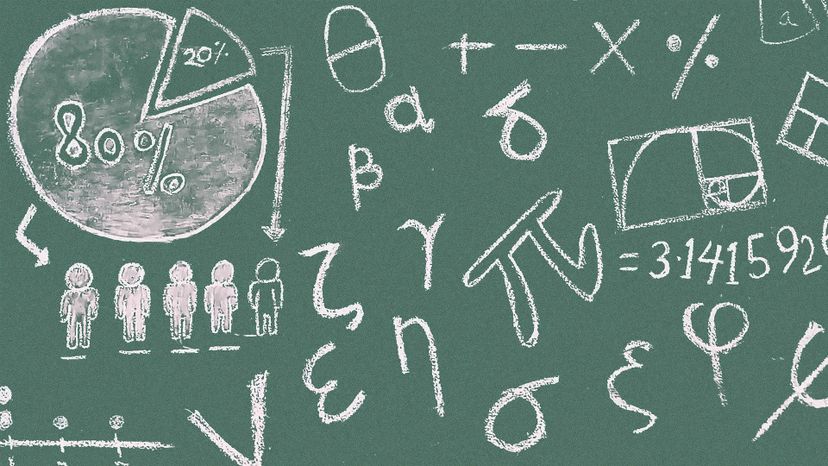
About This Quiz
Let your inner nerd free! Prove your mathematical prowess as you work your way through this quiz.
True math lovers know that mathematics can be found in everything around us, including music, the passing of time and the beating of a heart. It is often referred to as one of the purest sciences, and to those who master it, there is nothing simpler or more fundamental that the rules of mathematics.
Symbols are an integral part of mathematics, developed over hundreds of years by mathematicians around the globe. While some symbols can be substituted one for the other, there are also symbols which may seem very similar but should never be used to replace each other in calculations.
Of course, some mathematics symbols have several meanings, and only a genuine math pro can figure them out. Are you up to the challenge of deciphering what each of these symbols means? Take the quiz and see if you can get a passing grade!
Mathematics symbols make it easier for us to understand and solve numerical problems. When you know what each symbol means and how to use it, then you are well on your way to mastering the subject. But hey, if you're just not sure, remember to take your math teacher's advice and make a calculated guess. You just might be right!
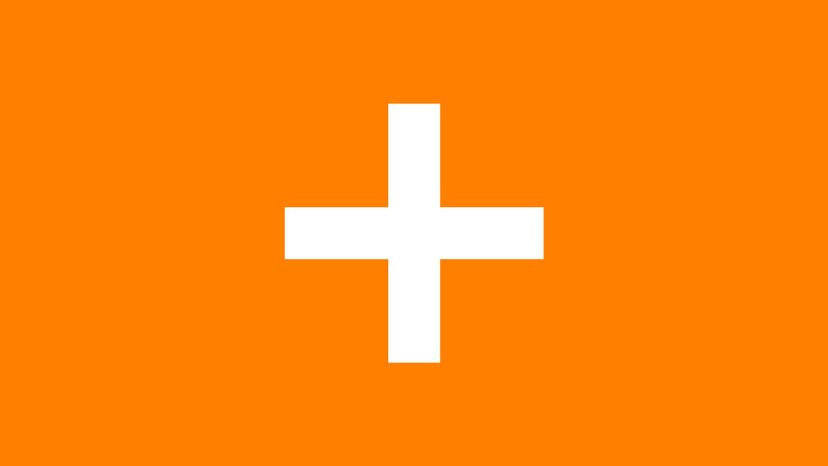
Addition is a binary operation (it takes place between two elements). It is represented by the plus sign, with one number (the augend) in front and the other number (the addend) following. The result of addition is known as the sum.
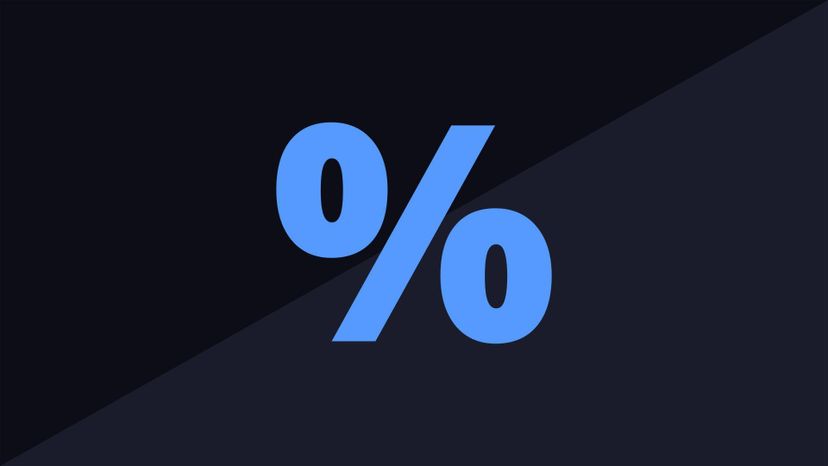
A percentage is a fraction in which the denominator is always one hundred. Apart from “percent,” the use of “per cent,” “pct” and “pct.” are all acceptable.

The minus sign represents the binary operation of subtraction. It tells you to reduce the first number (the minuend) by an amount equal to the second number (the subtrahend). In subtraction, the result is called the difference.
Advertisement

The division sign indicates that a number is to be divided into a specified quantity of equal parts. That number is the dividend, and the quantity of equal parts is the divisor. The result is the quotient and it tells what quantity is in each of the parts.

A small raised circle is most often used to represent either an angle (amount of turn) or a temperature measured in Celsius or Fahrenheit units. In both cases, the word "degree" is used. For example, water freezes at 32 degrees (32°) and a right angle measures 90 degrees (90°).
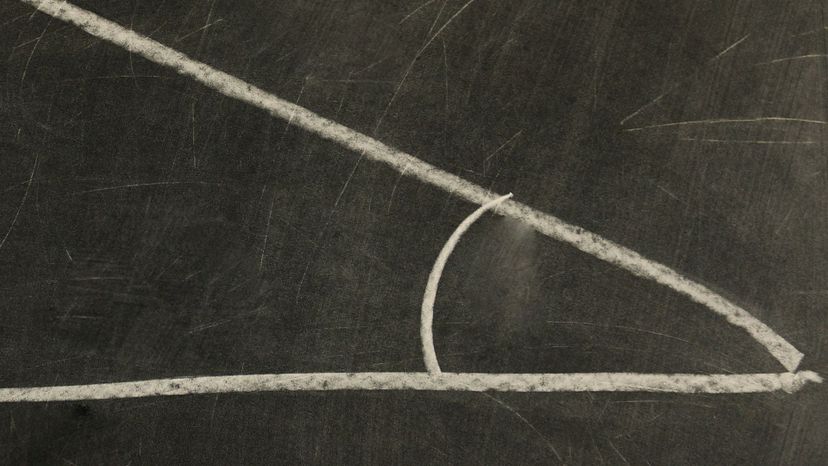
An angle is made up of two lines, called arms, and their meeting point, called a vertex. The angle is loosely referred to as the space between the arms, but more formally it is the amount, or degree, of turn between the two arms.
Advertisement
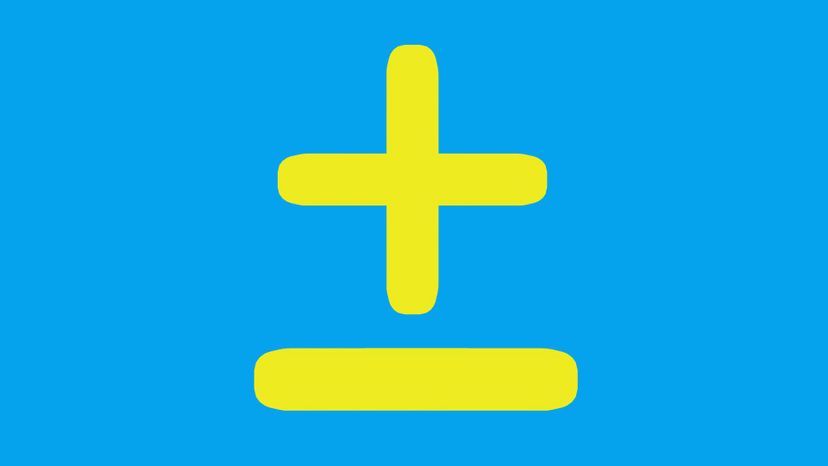
The plus-minus sign is sometimes used to show the margin of error in a value. It is also used to indicate that both the negative and positive values of a number are to be considered in a calculation. There is also a minus-plus sign, in which the minus sign is placed above the plus sign.
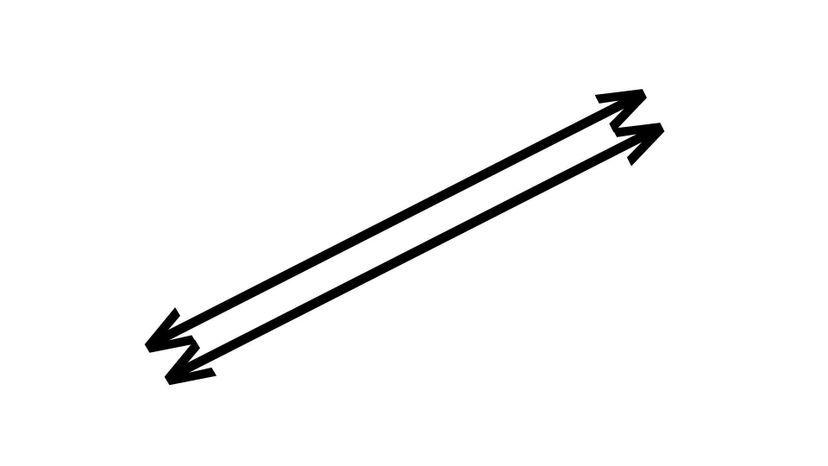
Parallel lines must lie on the same plane, go in the same direction and never meet. Apart from parallel lines, there are also parallel planes and parallel curves. It is also possible for a line to be parallel to a plane.

Evidence of multiplication dates back tens of thousands of years, but the use of the x symbol is much more recent, first introduced in the 1600s. Multiplication is a binomial operation between two factors (a multiplicand and a multiplier). The result of multiplication is called the product.
Advertisement
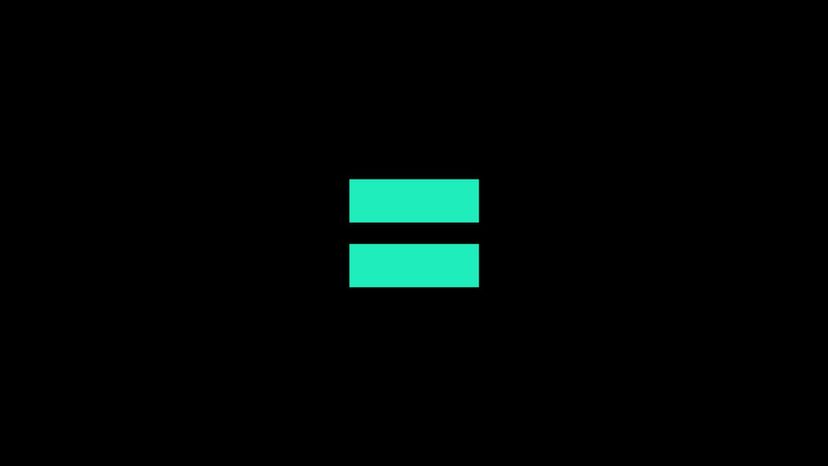
The equal sign is used only when two values are exactly the same – even if some calculation is required to prove it. The opposite of the equal sign is the “’not equal” sign, but there are many other signs available to show non-equal relationships.
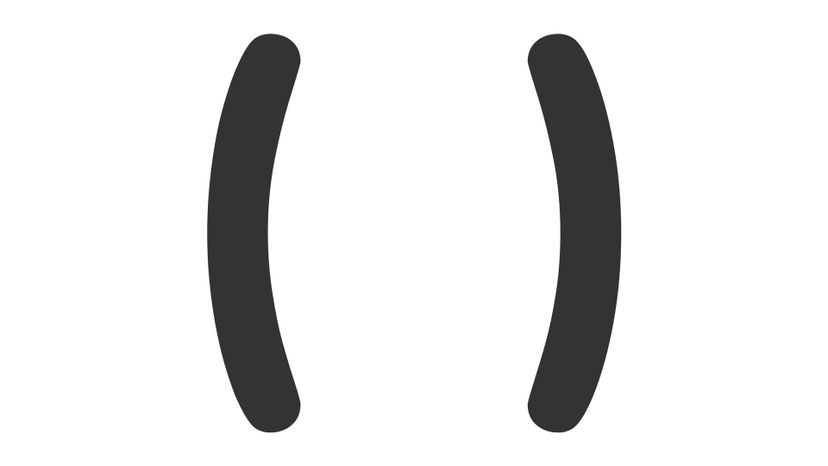
Round brackets are referred to as parentheses (singular: parenthesis). They have several uses in mathematics, including showing the order of operations in calculations and enclosing the pair of coordinates which identify a point. It is not usually acceptable for parentheses to be replaced with other types of brackets, such as curly or square brackets.

Proportionality is also referred to as direct variation and indicates that two quantities change in the same way. For example, if one is doubled, then so is the other. The symbol for proportionality looks very much like the lowercase Greek letter alpha.
Advertisement
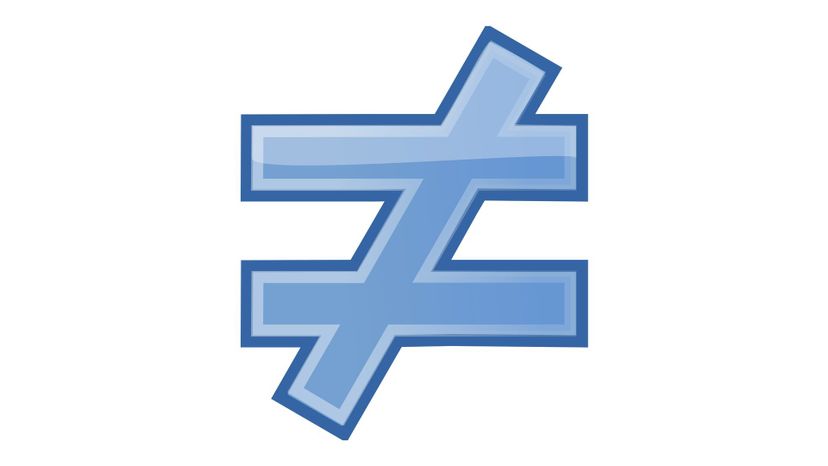
The not equal sign simply indicates that two things are not the same. It does not compare them in any way, as in defining which is greater or less than the other, or whether they are approximately equal.
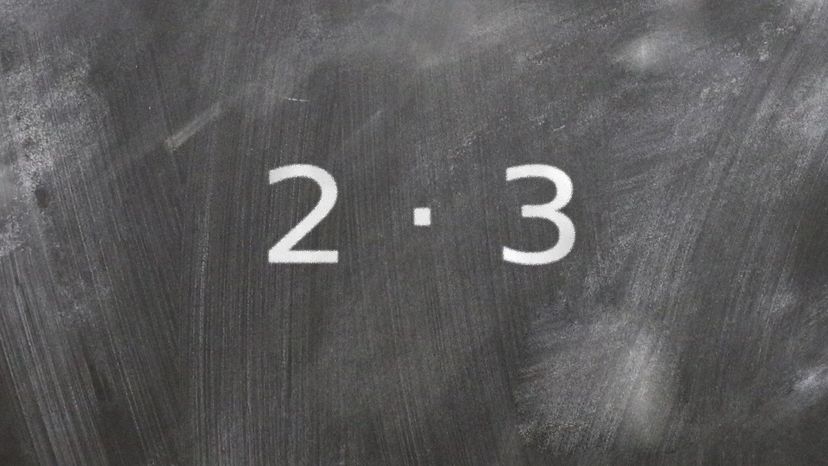
In most circumstances, the multiplication signs “x” and “.” can be interchanged without affecting the way in which the operation is carried out. They cannot be switched when working with vectors, however, since the dot product is calculated differently than the cross product.
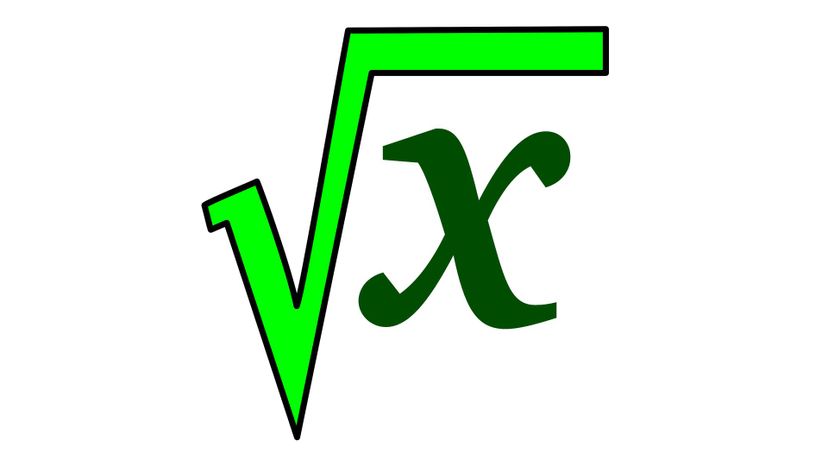
There is evidence that the mathematicians in ancient Egypt, China, Babylonia and India performed calculations involving square roots. The current square root symbol, however, can only be traced back to the 1500s.
Advertisement
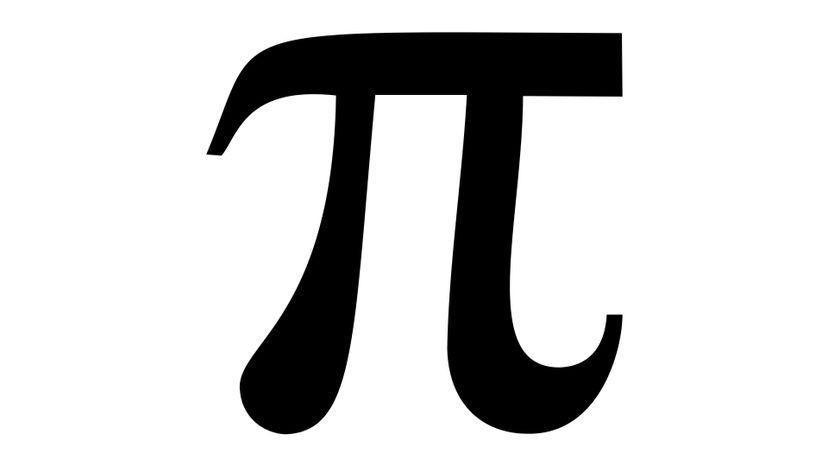
There are several definitions of pi, but the one most people are familiar with states that it is the ratio of a circle’s circumference to its diameter. Most people are also aware that when written out as a decimal fraction, pi has an infinite number of seemingly random digits.

The less than sign is a type of inequality sign. It identifies two quantities as not being equal and goes a step further by saying which is less than the other. It is most accurately read as “is strictly less than” to indicate that there is no situation in which the two quantities are equal.
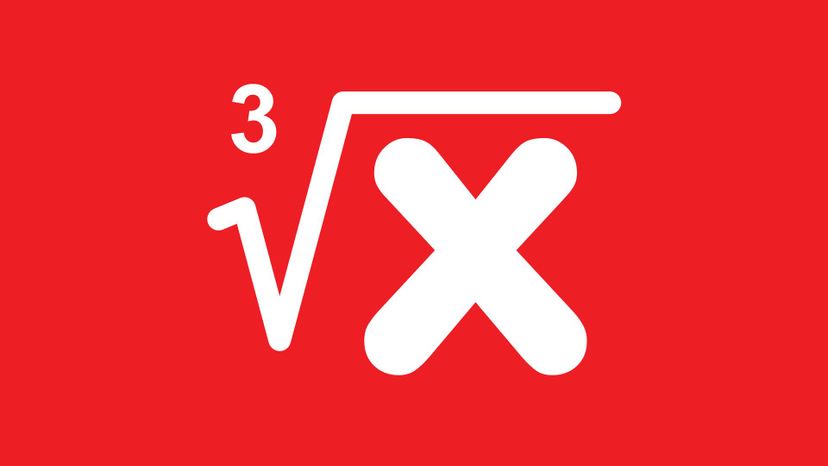
Ancient Babylonian mathematicians were working with cube roots as far back as 1800 B.C.E. The symbol √ is known as the radical sign and it is used for the cube root sign as well as all other root signs
Advertisement
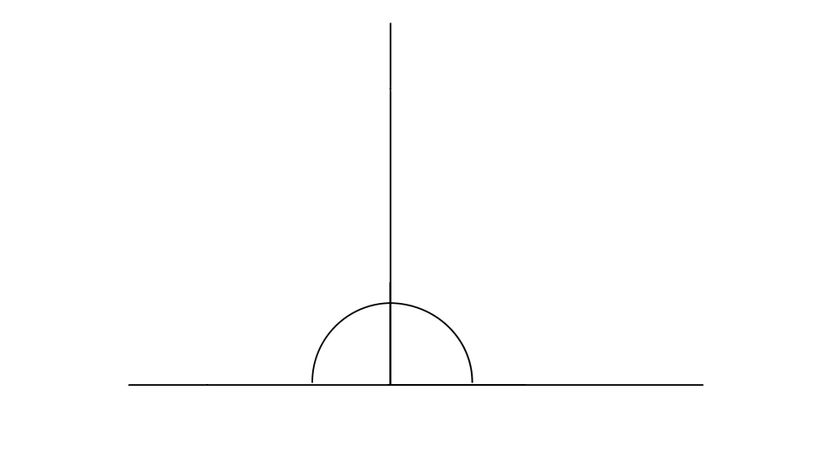
The point where two perpendicular lines meet (where the right angle is formed) is called the foot, regardless of its orientation. Perpendicularity can occur between two lines, between a line and a plane, or between two planes.

The word "asterisk" actually comes from an Ancient Greek word meaning “little star.” One of its most popular uses in mathematics is as a multiplication sign, especially on electronic devices.
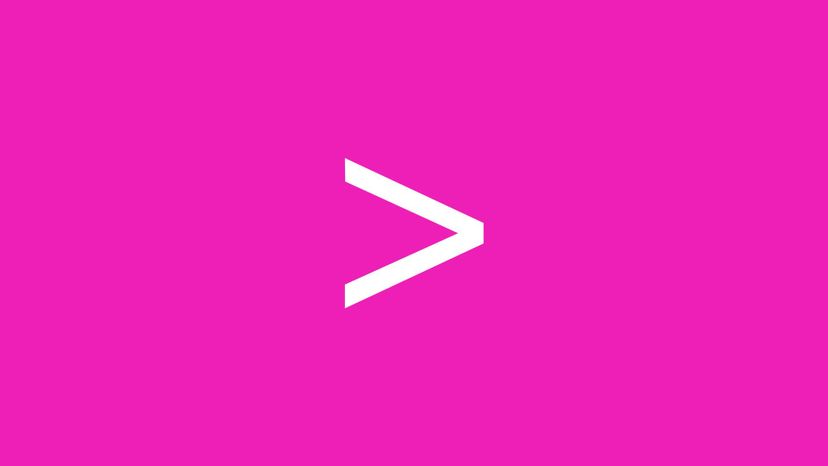
The greater than sign has been in usage since at least the 1500s. Both it and the less than sign can be regarded as a single sign which opens to the side which is more. Two greater than signs together indicate “much greater than,” just as two less than signs signify “much less than.”
Advertisement

The therefore sign (3 dots forming an upright triangle) is used in mathematics to introduce a logical next step to the calculations which took place before it. The opposite of the therefore sign is the because sign (3 dots forming an inverted triangle).
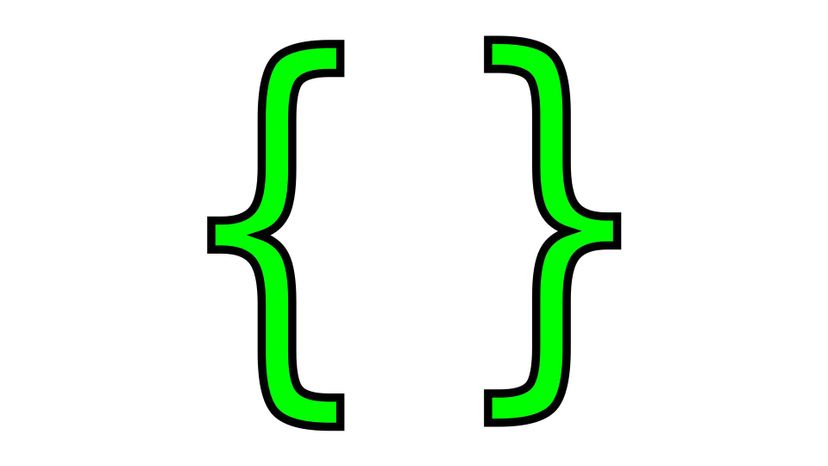
Brackets come in many forms, but the most common ones found in mathematics are round brackets ( ), curly brackets { } and square brackets [ ]. There are many instances where one style of brackets cannot be substituted for another type of brackets without affecting the meaning.
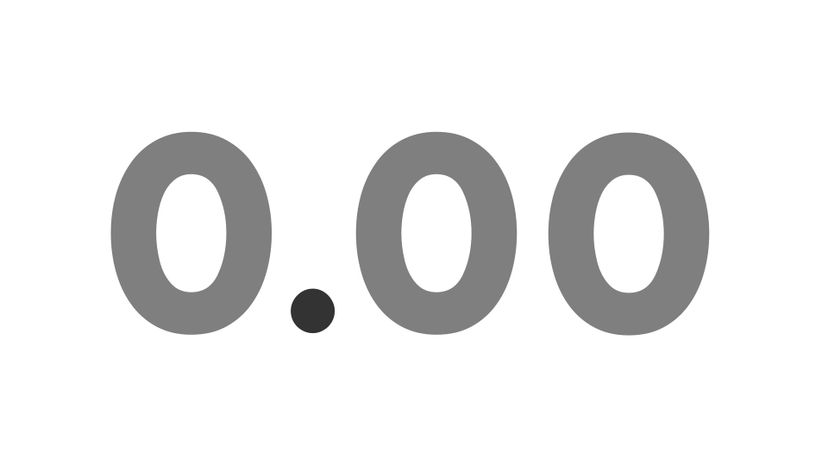
The decimal point indicates that what follows it is the fractional part of a number. The use of a point is not universal, as some countries use a decimal comma instead.
Advertisement

The less than or equal to sign is a combination of the symbols for less than and equals. It can be read in the negative as “not greater than.”
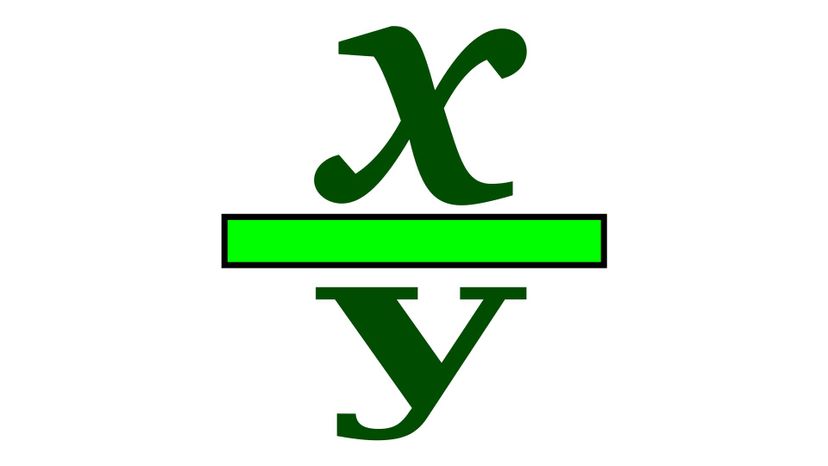
The fraction bar is also known as the horizontal division line. The numeral above the bar is the numerator and the one below is the denominator. A slash “/” can be used in the same way as the fraction bar.
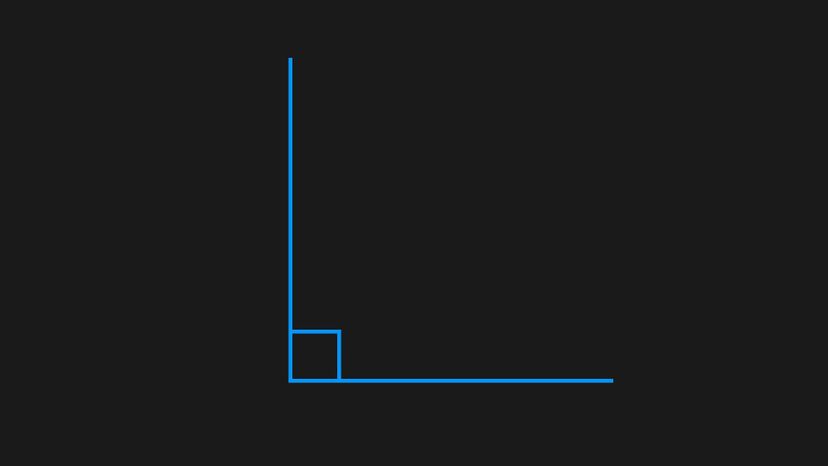
There are many other names which are given to the right angle. These include 90 degrees, a quarter turn, a square corner and 8 points (on a 32-point compass).
Advertisement

The because sign is actually the therefore sign turned upside down. It came into conventional use in mathematics after the therefore sign. The because sign is not used as often as the therefore sign.

Many electronic devices cannot show the exponent, or power, to which a number is raised as a superscript (small and raised). This gave rise to the popular use of the caret, or inverted v, which acts like an up arrow and suggests “raised to.”
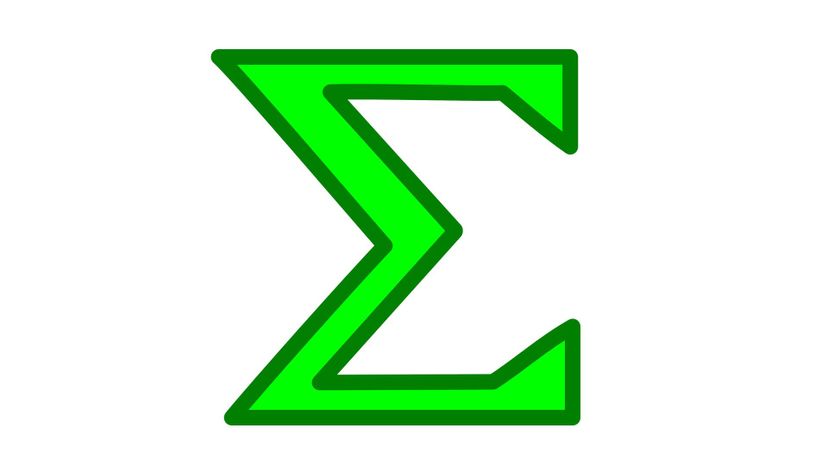
The sigma symbol represents summation or finding the total of all the numbers in a given sequence. Uppercase sigma is used to represent summation, but lowercase sigma is used to indicate standard deviation.
Advertisement

The integral symbol is actually an archaic form of writing the letter s. It was first used in mathematics to represent integral in the late 1600s.

The horizontal figure eight, used to represent infinity, is sometimes referred to as a lemniscate. It was invented in 1657 by an English mathematician named John Wallis, who is renowned for his contributions to the study of calculus.

The most common use of the tilde in mathematics is to mean “approximately equal to.” Other uses include in statistics to show a probability distribution and in geometry to indicate that two shapes are similar.
Advertisement

Delta is the fourth letter of the Greek alphabet. Both uppercase (Δ) and lowercase (δ or 𝛿) delta are used as mathematical symbols. Among other things, uppercase delta is used to show a change in the value of a quantity.
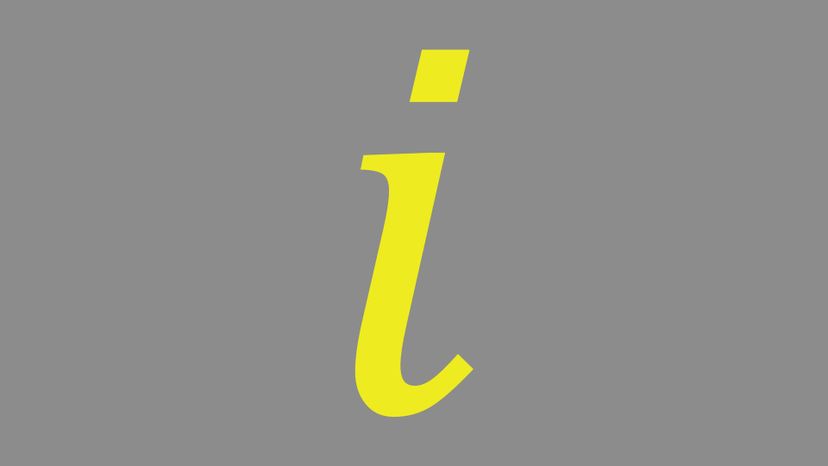
The imaginary unit represents the square root of –1, which does not actually exist, hence the use of the word “imaginary.” When a real number is multiplied by the imaginary unit, the answer is called an imaginary number.

The greater than or equal to sign is a combination of the greater than sign and the equal sign. It can be read as “not less than” and is used to indicate the least value of a quantity.
Advertisement
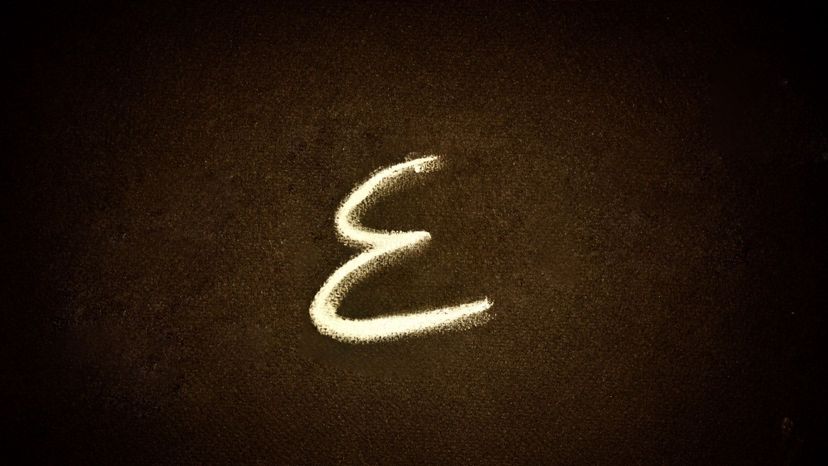
In mathematics, the symbol which is used to indicate “is an element of” or “is a member of” looks very much like lowercase epsilon – the fifth letter of the Greek alphabet. In fact, the symbol is derived from epsilon and is still referred to as such by many people.
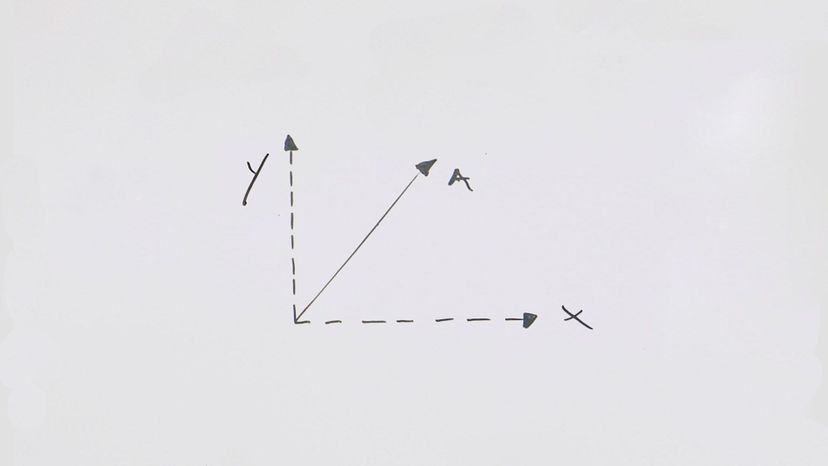
All vectors have a length (or magnitude) and a direction. The unit vector is special because its length is one. Unit vectors are represented by lowercase letters topped by a circumflex (or hat).
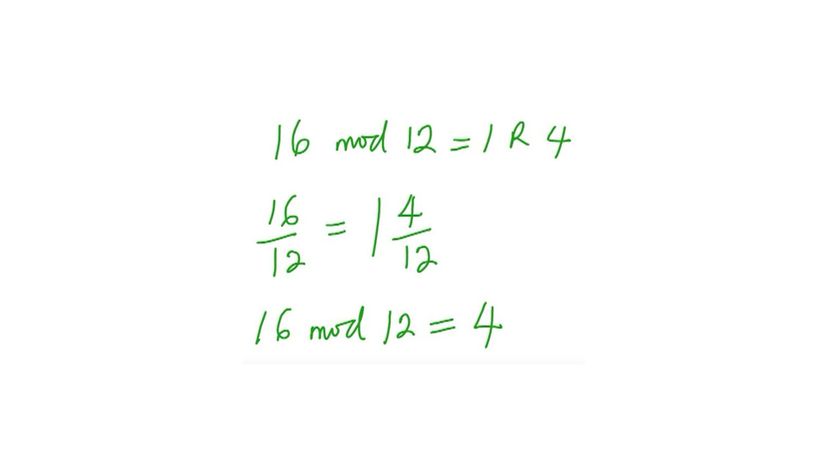
The modulus of a number is also referred to as its absolute value. It represents the distance a number is from zero on the number line and is always expressed as positive. That means the absolute values of 7 and –7 are both equal to 7.
Advertisement
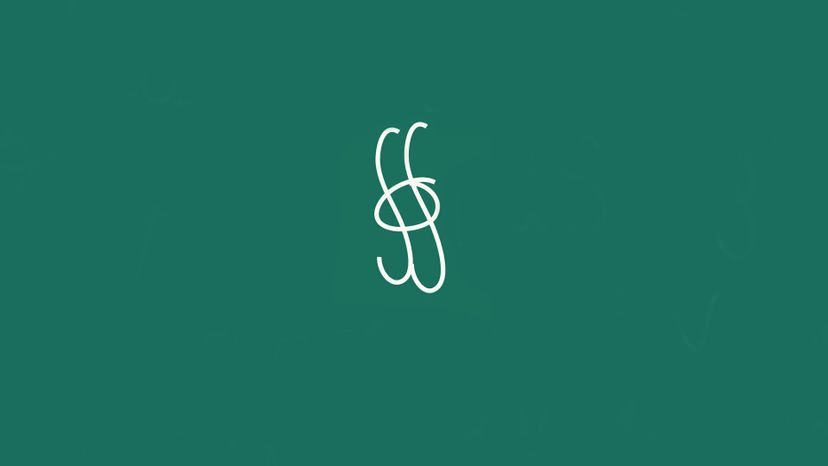
Multiple integration involves integration of more than one variable, and in most cases, the order in which the process is carried out does not matter. Double integration (integration with two variables) is usually related to finding volumes.